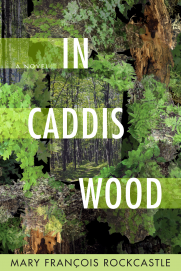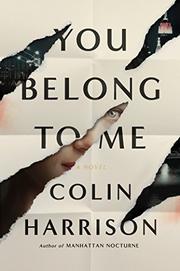The Vineyard María Dueñas (2017)
Translated from the Spanish by Nick Caistor and Lorenza García
In this sweeping page-turner, María Dueñas recounts a year in the life of Mauro Larrea, as he travels from Mexico City to Havana and on to Jerez de la Frontera in Spain. The year is 1861, and Larrea, a wealthy silver miner, has lost his fortune because his investments became entangled in the American Civil War.
Larrea’s determination to launch another business, with borrowed funds, sends him forth from his home in Mexico City and away from his beloved daughter, Mariana, who is soon to give birth to his first grandchild. Larrea lands first in Cuba, where he faces some culture shock despite the links of language and heritage. He risks everything in a wild gamble, ending up as the owner of an abandoned vineyard in his native Spain. He doesn’t want to run a winery and sails to Jerez intent on selling the vineyard, but he gets entrenched in various sub-plots involving the vineyard’s former owners, including the glamorous and brilliant Soledad Montalvo, now the wife of a London wine merchant. Oh, and he’s worried about his errant son, Nico, who’s living the high life in Paris.
That’s the plot in a nutshell, but this summary doesn’t do justice to the scenes that Dueñas can conjure up, from grimy silver mines to glittering concert halls, from the swirling dust of Mexico to the oppressive humidity of Havana and the wine-infused air of Andalusia. Although the story moves along at a rapid pace, Dueñas is able to help readers visualize each setting with well-chosen descriptors, and she conveys the emotions of Larrea, whose thoughts readers have access to. I became quite fond of the character Larrea, a handsome widower with scars from his years of manual labor, a man who knows how to drive a hard bargain but is soft toward his family and close friends. He’s a man with a conscience, often thinking what his trusted advisors would tell him when he’s in a tough situation. And he certainly does get himself into tough situations as this novel careens along. At times he feels “caught up in this spider’s web that seemed humanly impossible to extricate himself from.” (474)
Yes, The Vineyard is swashbuckling historical romance, but it’s well wrought, in a good translation. And if you like this book, don’t miss the excellent Netflix production of Dueñas’s 2009 novel, The Time in Between, about a seamstress in 1930s Spain who rises in the field of haute couture and then becomes a spy.

























